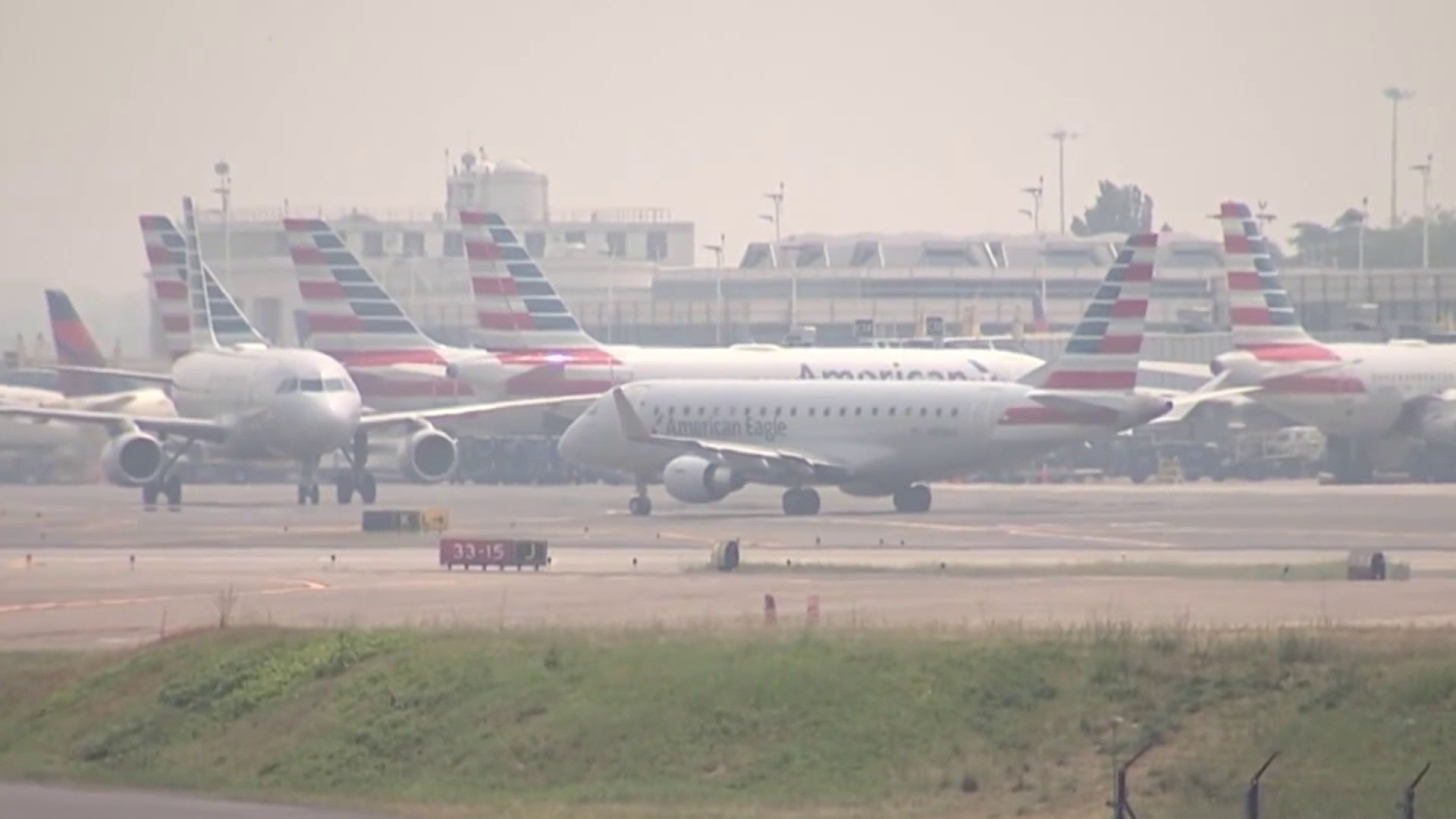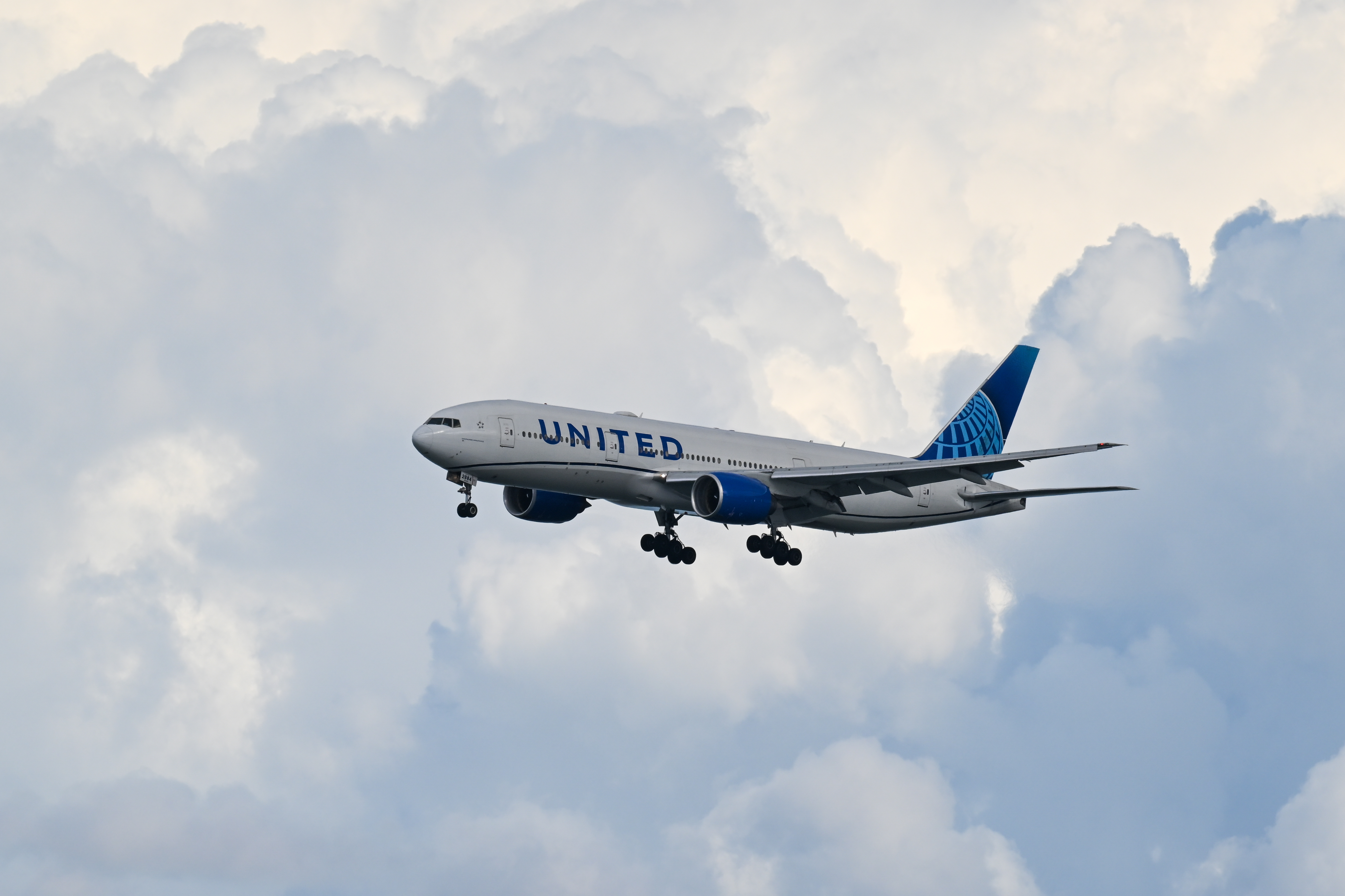The National Transportation Safety Board plans to brief reporters Friday on its investigation into the tragic midair collision between an American Airlines passenger jet and an Army helicopter in January.
Watch the video player above for a livestream of the NTSB’s 2 p.m. news conference.
Sixty-seven people died in the crash near D.C.’s Ronald Reagan National Airport on Jan. 29. It’s the deadliest plane crash in the U.S. since 2001, when a jet slammed into a New York City neighborhood just after takeoff, killing all 260 people on board and five more on the ground.
Much of the attention has focused on the helicopter’s altitude, and whether it may have been flying too high.
Air travel remains overwhelmingly safe in the U.S., but there have been a string of incidents in recent weeks, including a fiery explosion on Jan. 31 when a medical transport jet crashed into a Philadelphia neighborhood, killing seven people. Last week, a small commuter aircraft crashed off western Alaska, killing 10 people.
The crash
American Airlines Flight 5342 was coming in from Wichita, Kansas, carrying 60 passengers and four crew members, as it approached Reagan National to land on a clear Wednesday night. Nearby, a U.S. Army Black Hawk with three soldiers on board was on a training exercise, practicing emergency evacuation routes that would be used to ferry out key government officials in case of an attack or catastrophe.
A few minutes before the twin-engine jet was to land, air traffic controllers asked if it could use a shorter runway. The pilots agreed, and flight-tracking sites show the plane adjusted its approach.
Shortly before the collision, a controller got an alert that the plane and Black Hawk were converging and asked the helicopter if it had the plane in sight. The military pilot said yes and asked for “visual separation” with the jet — allowing it to fly closer than otherwise may have been allowed if the pilots didn’t see the plane. Controllers approved the request.
Roughly 20 seconds later, the aircraft collided.
The investigation
Since the crash, the National Transportation Safety Board has recovered all the flight data recorders and pulled the wreckage of both aircraft from the Potomac.
It will take more than a year to get the final NTSB report on the crash, but officials have been providing regular updates as investigators learn more and they plan to publish a preliminary report in the coming weeks.
Almost immediately after the crash, President Donald Trump publicly faulted the helicopter, which had a flight ceiling of 200 feet (61 meters), for flying too high. He also blamed federal diversity and inclusion efforts, particularly regarding air traffic controllers. When pressed by reporters, the president could not back up those claims. A few days later, Trump placed the blame on what he called an “obsolete” air traffic control system.
Army officials have said the Black Hawk crew was highly experienced and familiar with the crowded skies around Washington.
Altitude data was not fully clear in the early days of the investigation, with conflicting numbers from the plane’s flight data recorder and the control tower.
At the time, however, investigators were still working to recover information from the helicopter’s black box, which had been waterlogged after plunging into the river, and to refine other data.
Investigators also said that about a second before impact, the jet’s flight recorder showed a change in its angle, though they did not say whether that indicated the pilots were trying to perform an evasive maneuver to avoid the crash.
from Local – NBC4 Washington https://ift.tt/9DlRFrG





0 Comments